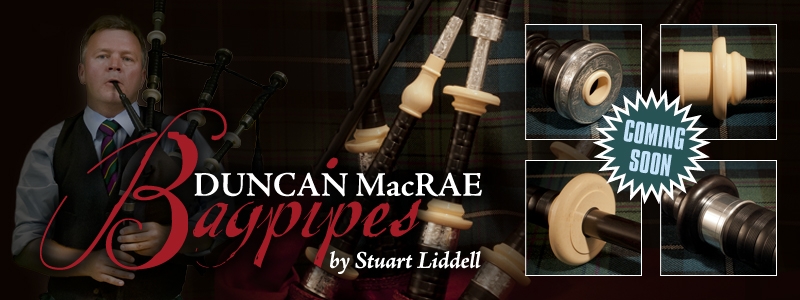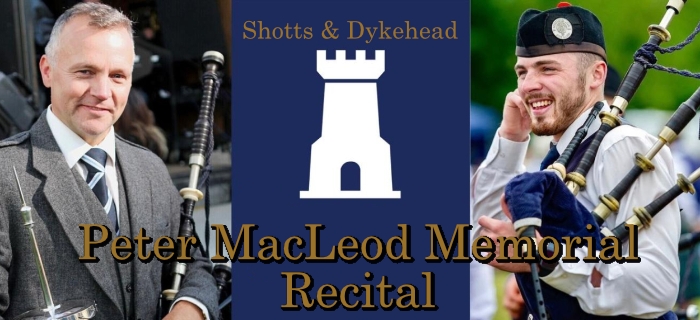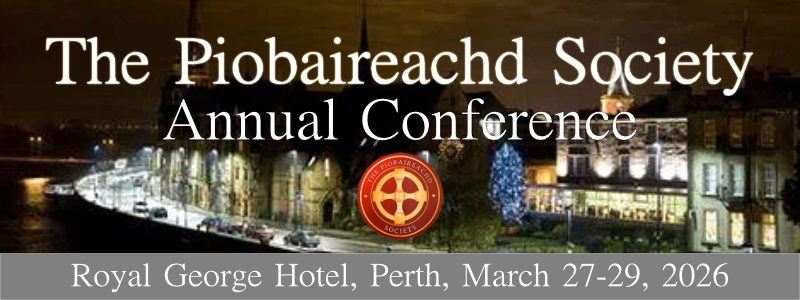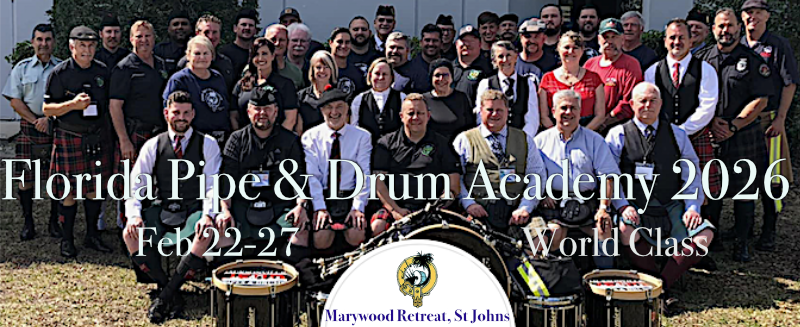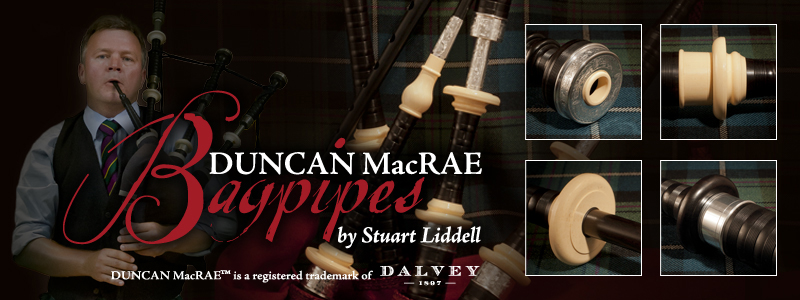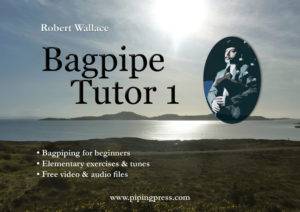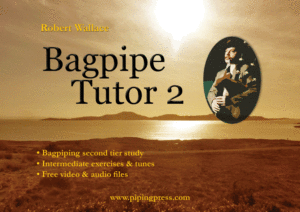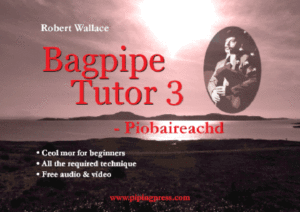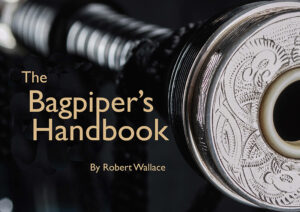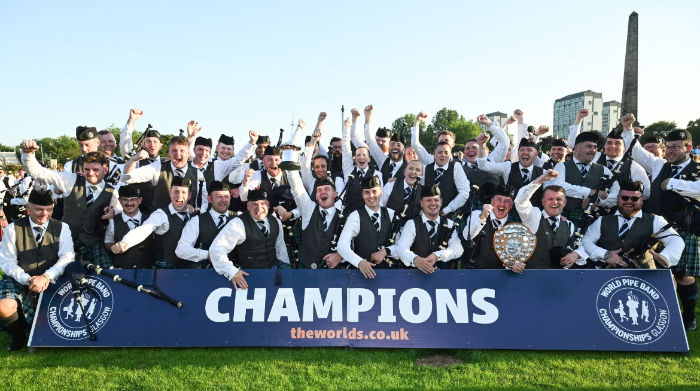
This year the weather was fair and warm both days and the new ‘junior’ format on the Friday appeared to be well received despite criticism when it was first announced. Unfortunately, the Novice Juvenile B Final finished rather late, so that probably needs to be addressed by the RSPBA if the format is to be continued next year. One bonus, however, was that the Saturday was less cluttered for the competing bands, helped I thought by some repositioning of the trade stands.
By Alistair Aitken OBE, former RSPBA Adjudicator
Before I go any further, hearty congratulations to all the winners at the different levels, and particularly to repeat Grade 1 winners Inveraray & District led by P/M Stuart Liddell MBE and Leading Drummer Steven McWhirter.
207 bands took part in the Championships, an increase of three from 2024 with a strong representation of 53 bands from overseas. That demonstrates the impact of Scottish culture across the world. I hope all these band members enjoyed their trip to Scotland.
Another interesting statistic is that by my calculations there were 330 individual band performances across all the grades over the two days, including qualifying heats. A total of 42 adjudicators were involved across the Piping, Drumming and Ensemble and Drum Major disciplines.
Add in the RSPBA CEO and office staff, the RSPBA Directors in supervising roles, stewards, compilers, security staff and other volunteers, the Championships represent a massive logistical undertaking for the RSPBA, City of Glasgow Council and Glasgow Life. All should be congratulated for their efforts for an event which as always appeared to run professionally and seamlessly.
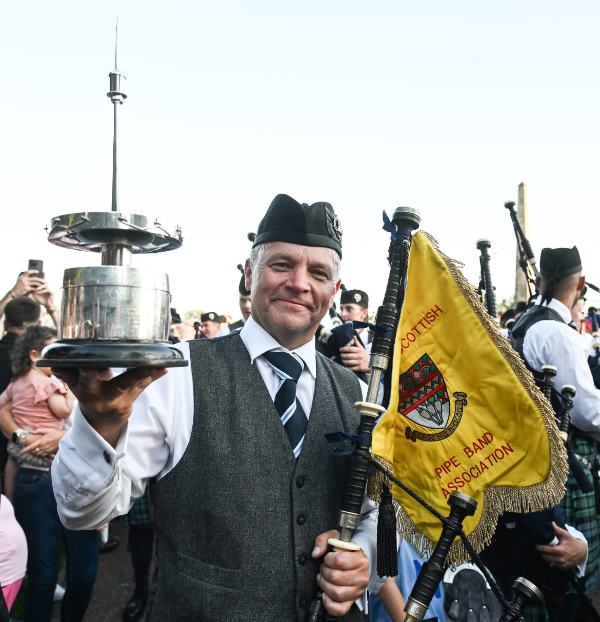
What I found rather disappointing was that, while the number of Grade 1 bands this year was maintained at 14, only six of these were from Scotland. At the Worlds in Nottingham in 1979, Grade 1 comprised 17 bands, 13 Scottish, two from Northern Ireland and two from Canada.
Similarly, it is disappointing that fairly regularly these days there are only five bands in Juvenile. In 1979 there were 11. The reasons are not clear. Is it due to costs, a drop in interest (unlikely when you look at the numbers in Novice Juvenile), more rapid movement from Novice into adult bands, the need for more teaching in a ‘pipe band’ context, the ever-increasing size of the top bands, or something else? Perhaps the RSPBA should be considering how this situation can be improved.
I was told on Saturday that this was the first time since the Worlds were introduced at Cowal in 1906 that a Glasgow Police Pipe Band (or one of its subsequent titles) had not participated. I am not sure that is strictly true as Glasgow Police chose to continue to support Cowal Games rather than participate in the first SPBA World Championships at Murrayfield in 1947. I very much hope, however, that the band now known as Police Scotland and Federation will be back in contention next year.
On Saturday I was able to sit in the spectator stand for the full Grade 1 MSR contest and for around 75% of the Medley. I thought the standard in both competitions very high, both technically and musically and that includes the Bass Sections’ musical interpretation and artistic flourishing.
Inveraray and Field Marshal were clearly 1st and 2nd overall with their placings totals, but the next four bands could all have taken 3rd with minor changes to adjudicator placings.
I was particularly impressed on Saturday by the Medleys of both Inveraray and FMM. Excellent tune selection/medley construction, integration, clarity of execution, sound balance across all instruments and above all, rhythmic and musical effect. I would like to listen to the Inveraray Medley again as on the day I gained the impression that the end became a little over complicated and did not quite finish on the high I was expecting. On the other hand, FMM completed their Medley with piping technique which was quite exceptional in clarity. The applause from the spectators confirmed that.
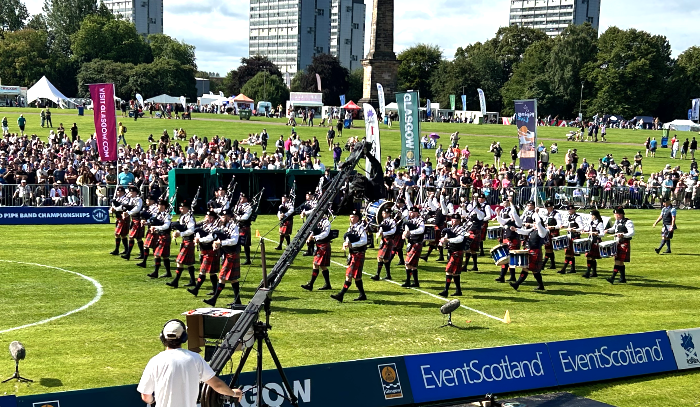
The band I felt sorry for was Closkelt from Northen Ireland. Although last in the results table, the band had two very good performances on Saturday which came across as structured, controlled, rhythmic and well balanced in sound – and no over-dominant bass. The disadvantage was that the band did not have the numbers compared to most of the others. I wonder when a cap on maximum numbers will have to be considered?
As is usually the case, there were wide differences in placings between adjudicators in some grades. I could only see one competition where the Ensemble adjudicator had the exact same top six placings as the actual result. In six of the other grades the top six Ensemble placings were for the same bands but in a different order.
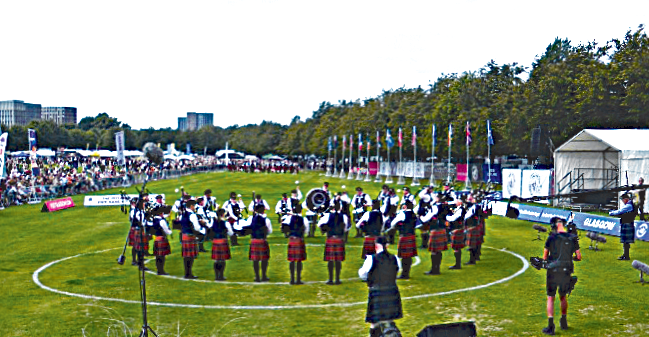
I also normally look for some correlation between Ensemble and Drumming. Competing bands must wonder what they are doing wrong when they see results like 1:1:7:1 or an extreme case like 14:13:2:14. Positioning is a factor. Drumming judges tend to stand behind the drummers hearing pipes through drums, and Ensemble around the head of the band hearing the drums through pipes.
I have long been arguing for a trial with all four judges seated on a raised platform positioned at the head of the competition circle (or half circle if that formation was preferred), where they would see the band members more clearly, hear the performances in exactly the same way and would have more time to listen and to write their critiques.
This year I was able to test that theory more fully as the spectator stand was much closer to the competing bands than hitherto. The performances could be heard very clearly and the combined sounds of the instruments projected upwards much more balanced than any adjudicator can hear when standing at ground level.
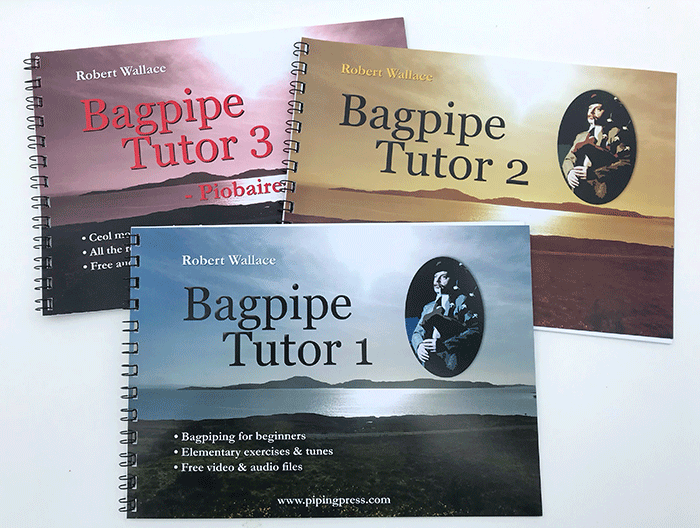
Books
The best written piping tutor books in the world are available from the Piping Press Shop. They cover all aspects of light music and piobaireachd. The only way to start a piping career!
If it’s new music you are after check out Niall Matheson’s superb digital book ‘The Fyrish Collection’ and other digital downloads such as Donald Sutherland’s Collection and the Donald Morrison Collection. And don’t forget Robert Wallace’s acclaimed ‘Glasgow Collection’ with tunes such as the Detroit Highlanders, Mrs John MacColl, the Barlinnie Highlander, Granny MacLeod and many, many more.

